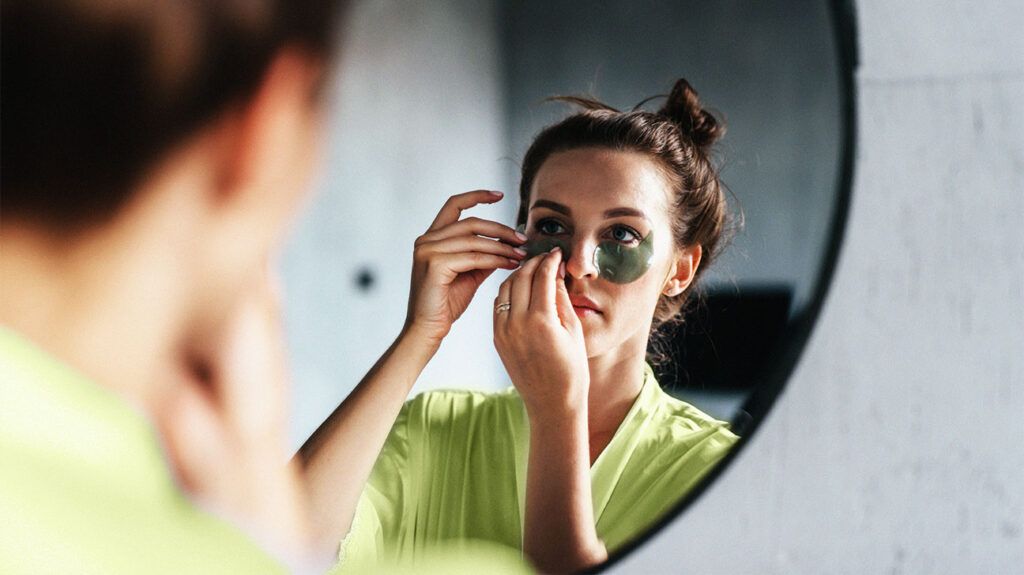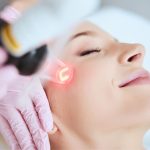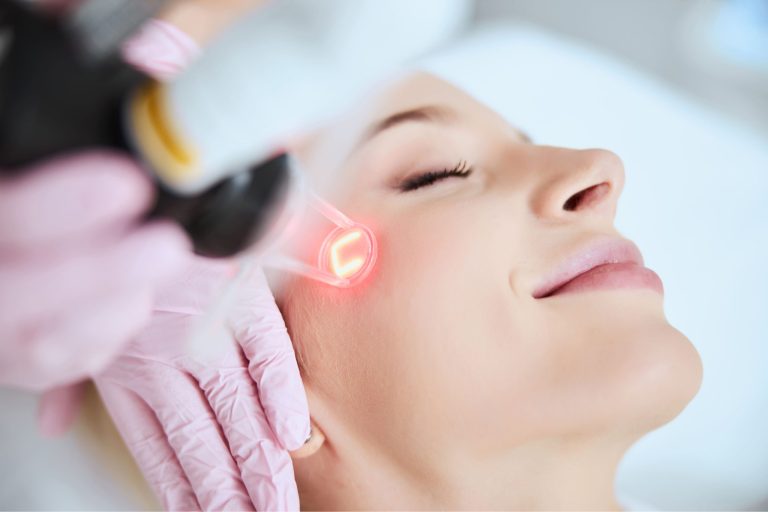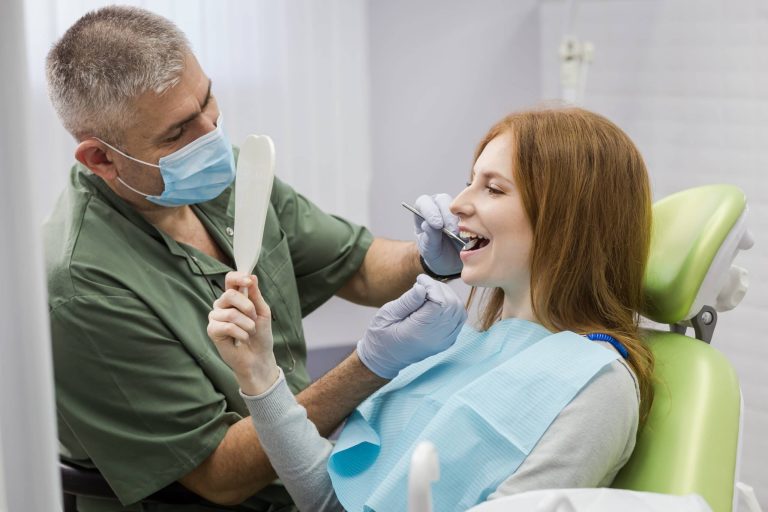Dark eye circles are a common concern that affects individuals across various age groups. While they are not usually a sign of a serious medical condition, they can make you look tired, older, and less vibrant. Understanding the causes and the most effective treatments can help you take the necessary steps to minimize their appearance. Here’s a detailed guide on dark eye circles, the factors contributing to them, and the most effective non-surgical treatments available today.
What Are Dark Eye Circles?
Dark eye circles refer to the discoloration and puffiness that appear under the eyes. This can range from a mild darkening to more severe shadows, which can be challenging to conceal even with makeup. The skin around the eyes is delicate and thin, making it more susceptible to showing signs of fatigue, aging, and other health-related issues.
What Causes Dark Eye Circles?
Dark eye circles can be caused by several factors, and understanding these can help you better target your treatments. Below are the most common causes of dark eye circles:
- Lack of Sleep
One of the most prevalent causes of dark eye circles is insufficient sleep. When you don’t get enough rest, your body doesn’t have the time it needs to repair and rejuvenate, leading to pale skin and the prominence of blood vessels under the eyes, which appear as dark circles.
- Genetics
Genetics play a significant role in the appearance of dark eye circles. If your parents have them, you’re more likely to develop them as well. This hereditary factor means that some individuals have thinner skin around the eyes, making the blood vessels underneath more visible.
- Aging
As you age, your skin naturally loses collagen and thins out, leading to a more transparent appearance that can make the blood vessels under your eyes more noticeable. The loss of fat and volume around the eyes can also contribute to a hollowed, shadowed look, which exacerbates dark eye circles.
- Allergies and Nasal Congestion
Allergies can cause your body to release histamines, leading to inflammation and swelling of the blood vessels. Nasal congestion, on the other hand, can cause veins around your sinuses to darken and swell, contributing to the appearance of dark eye circles.
- Dehydration
When your body is dehydrated, the skin under your eyes can become dull and lackluster, making dark eye circles more pronounced. This lack of moisture can also cause the eyes to appear sunken, creating shadows that add to the darkness.
- Sun Exposure
Excessive sun exposure increases melanin production in your skin, leading to hyperpigmentation. The delicate skin around the eyes can become darker than the surrounding areas, making dark eye circles more noticeable.

How Can Dark Eye Circles Be Treated?
While dark eye circles can be stubborn, several non-surgical treatments can help reduce their appearance. The following methods are among the most effective options:
- Topical Eye Creams
Topical eye creams specifically formulated to target dark eye circles can be an effective first line of defense. Look for products containing ingredients like vitamin C, retinol, hyaluronic acid, and caffeine. These ingredients can help brighten the skin, boost collagen production, and reduce puffiness. Applying these creams regularly can help improve the appearance of dark circles over time.
- Laser Treatments
Laser treatments, such as Pico Laser and fractional CO2 laser, are popular non-surgical options for reducing dark eye circles. These treatments work by stimulating collagen production and reducing pigmentation. They can effectively minimize the appearance of dark eye circles by targeting the deeper layers of the skin. Laser treatments are especially effective for individuals with dark circles caused by pigmentation issues.
- Chemical Peels
Chemical peels involve applying a solution to the skin that exfoliates the outer layer, revealing fresher, more even-toned skin underneath. Mild chemical peels with ingredients like glycolic acid can help reduce the appearance of dark eye circles by promoting cell turnover and lightening pigmentation.
- Microneedling
Microneedling, also known as collagen induction therapy, involves creating tiny punctures in the skin with fine needles to stimulate collagen production. This treatment can improve the texture and tone of the skin around the eyes, reducing the appearance of dark circles.
- Dermal Fillers
Dermal fillers can be used to address volume loss under the eyes, which is a common cause of dark eye circles. By injecting hyaluronic acid-based fillers into the tear troughs, the under-eye area can be plumped up, reducing the shadowing effect and minimizing dark circles.
Can Dark Eye Circles Be Permanently Removed?
While these treatments can significantly reduce the appearance of dark eye circles, it’s important to note that they may not be entirely permanent. The longevity of results depends on various factors, including your skin type, lifestyle, and how well you maintain your skin after treatment. Regular maintenance and following a proper skincare routine are essential to keep dark eye circles at bay.
How Effective Are Laser Treatments for Dark Eye Circles?
Laser treatments are highly effective for addressing dark eye circles, particularly those caused by pigmentation and aging. These treatments can penetrate the deeper layers of the skin to stimulate collagen production and reduce melanin, which can lead to a significant improvement in the appearance of dark circles. However, multiple sessions may be required to achieve the desired results, and the effectiveness can vary depending on the individual.
How Do I Choose the Best Eye Cream for Dark Circles?
Choosing the right eye cream for dark circles can be overwhelming due to the vast array of products available. To make an informed decision, look for eye creams that contain key ingredients like vitamin C, which brightens the skin, and retinol, which promotes collagen production. Hyaluronic acid is another important ingredient as it helps to hydrate and plump the skin. Caffeine is also beneficial for reducing puffiness and tightening the skin around the eyes. Be sure to choose a product that suits your skin type and is free from harsh chemicals or fragrances.
Non-Surgical Options for Treating Dark Eye Circles
Aside from topical treatments and in-office procedures, there are several lifestyle changes and at-home remedies that can help reduce the appearance of dark eye circles:
- Cold Compresses: Applying a cold compress to the eyes can help constrict blood vessels and reduce swelling, leading to a temporary improvement in the appearance of dark circles.
- Proper Hydration: Ensuring that you drink enough water throughout the day can help keep your skin hydrated and reduce the sunken appearance of your eyes.
- Adequate Sleep: Prioritizing sleep is crucial for maintaining healthy, youthful-looking skin. Aim for 7-9 hours of quality sleep each night to help your body repair and rejuvenate.
- Healthy Diet: Eating a balanced diet rich in vitamins, minerals, and antioxidants can promote healthy skin and reduce the likelihood of developing dark eye circles.
How Much Do Professional Treatments for Dark Eye Circles Cost?
The cost of professional treatments for dark eye circles can vary widely depending on the type of treatment, the provider, and your location. Topical eye creams can range from $20 to $100, while more advanced treatments like laser therapy or dermal fillers can cost anywhere from $200 to $2,000 per session. It’s important to consult with a qualified dermatologist or aesthetician to determine the best treatment plan for your specific needs and budget.
Dark eye circles can be a frustrating issue, but with the right approach, they can be effectively managed and minimized. Whether through professional treatments, lifestyle changes, or a combination of both, you can achieve a brighter, more refreshed appearance that helps you feel confident and youthful.
















+ There are no comments
Add yours